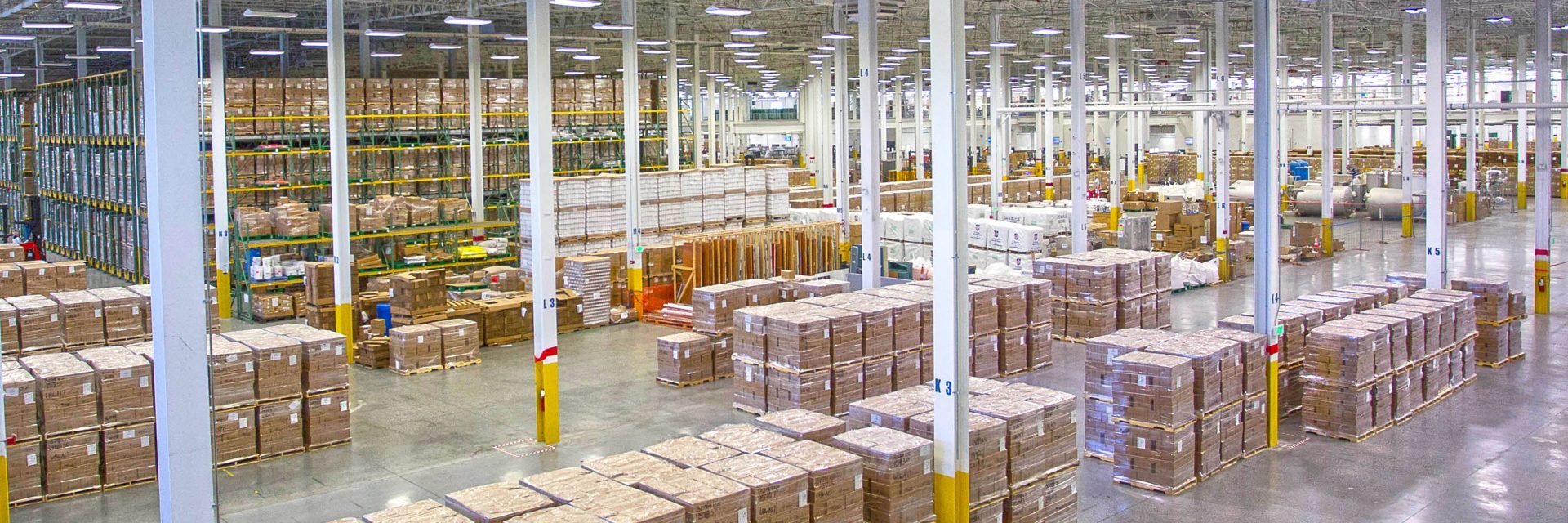
Leveraging your packaging consulting engineerIt’s true – you only get one opportunity to make a good first impression. For a manufacturing company, a customer’s first impression often comes in the form of product packaging. It would seem fitting then that experts would be engaged in developing packaging to ensure best practices are being utilized in an efficient and aesthetically pleasing way.
Read More
It’s true – you only get one opportunity to make a good first impression. For a manufacturing company, a customer’s first impression often comes in the form of product packaging. It would seem fitting then that experts would be engaged in developing packaging to ensure best practices are being utilized in an efficient and aesthetically pleasing way.
Read More


